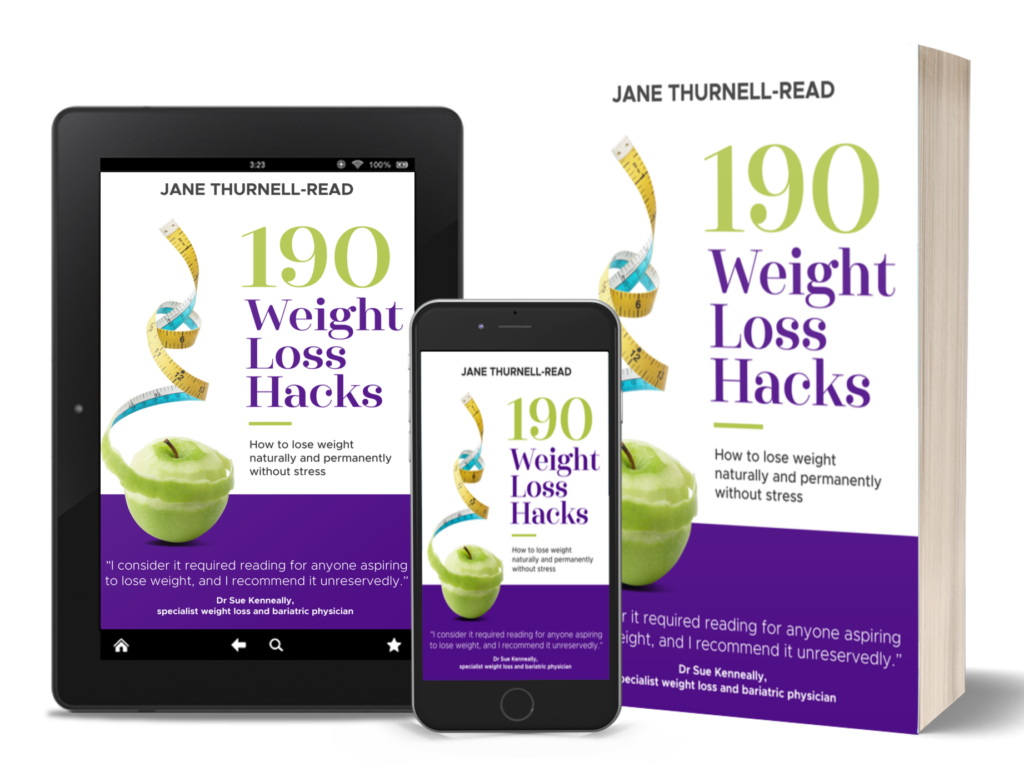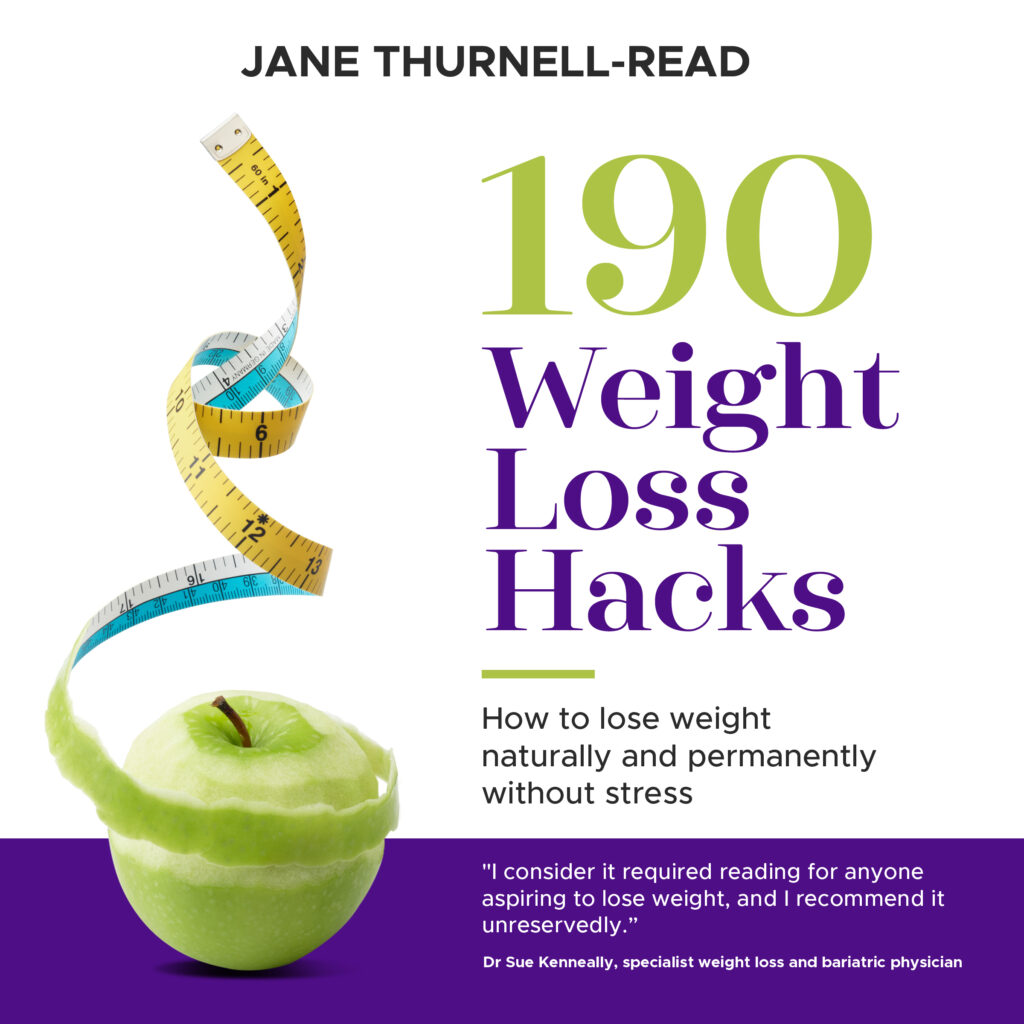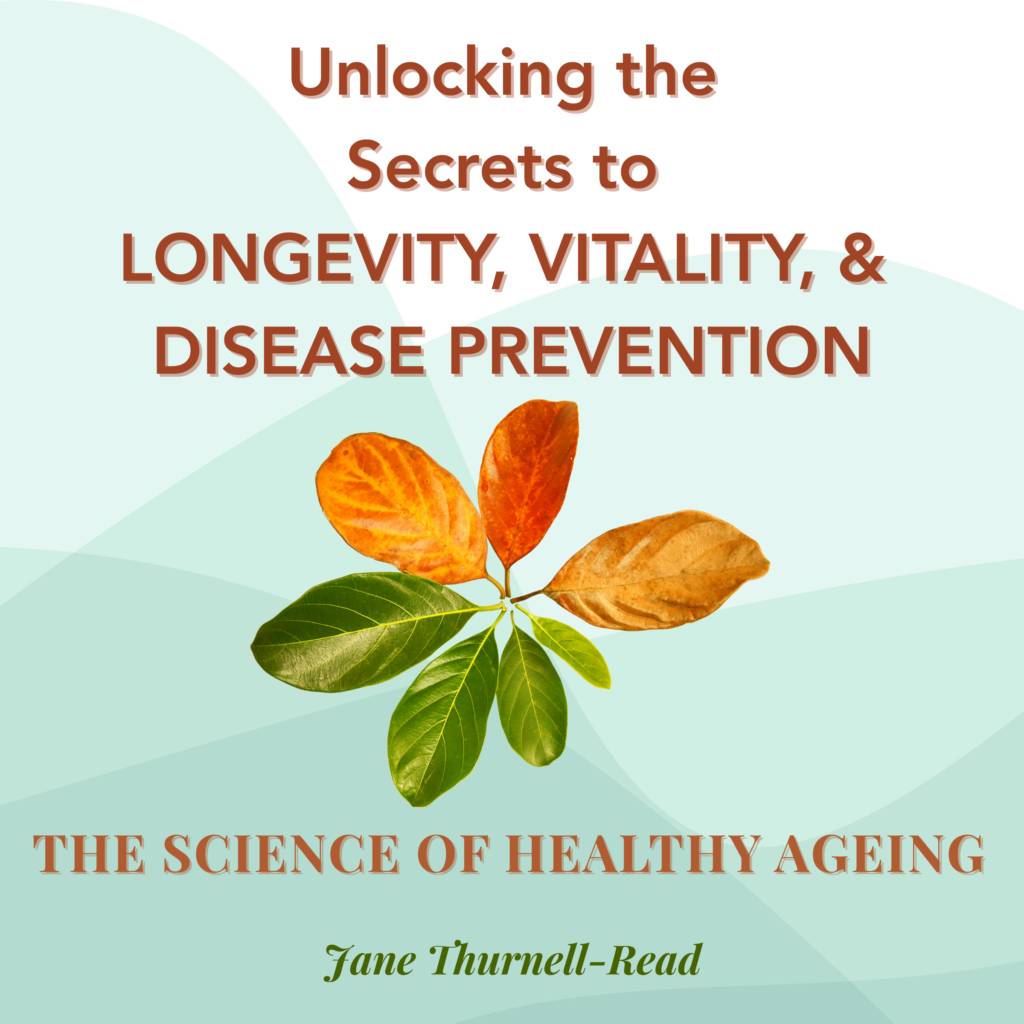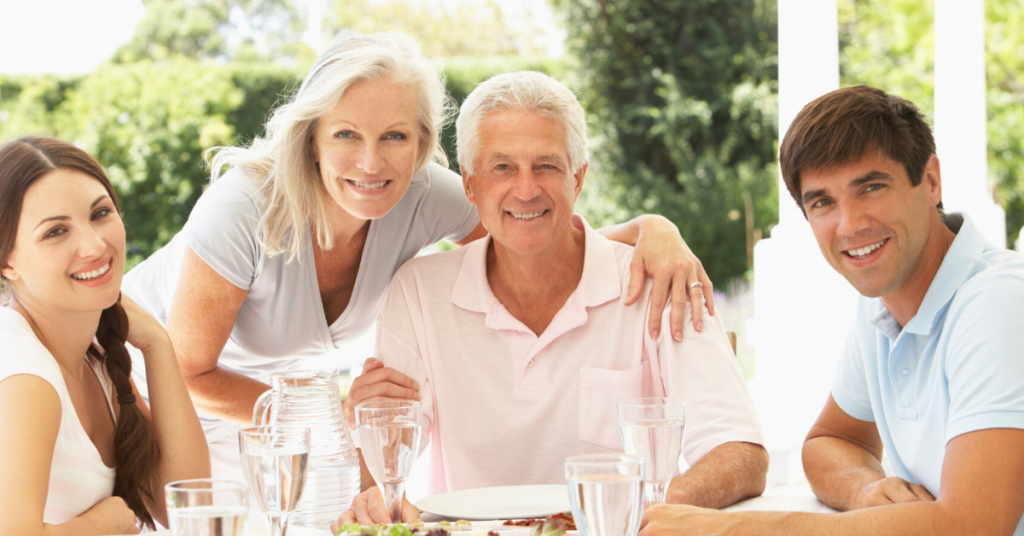How do you improve your motivation to exercise when you really hate it? What do you do when you hate to exercise?
We all know that food snacking is fun, but it does, of course, come with a downside of weight gain. Exercise snacking can also be fun, and it, of course, comes with numerous health benefits.
If you read this and think, I can’t exercise because of my bad back, think again. Read my article about exercising with back pain.
If you are undergoing medical treatment for cancer and not sure whether you should exercise, read my post about exercising while being treated for cancer.
Here are some startling statistics from the UK National Health Service (NHS) about the benefits of exercise:
“It’s medically proven that people who do regular physical activity have:
- up to a 35% lower risk of coronary heart disease and stroke
- up to a 50% lower risk of type 2 diabetes
- up to a 50% lower risk of colon cancer
- up to a 20% lower risk of breast cancer
- a 30% lower risk of early death
- up to an 83% lower risk of osteoarthritis
- up to a 68% lower risk of hip fracture
- a 30% lower risk of falls (among older adults)
- up to a 30% lower risk of depression
- up to a 30% lower risk of dementia”

“190 Weight Loss Hacks: How To Lose Weight Naturally And Permanently Without Stress”
Do you want any of these proven exercise benefits? Of course, you do. Maybe you want all of them. But maybe you hate exercise. Are you one of those people who resolve to exercise, but somehow it never happens? Are you intimidated by the idea of going to the gym or starting to run? Or do you feel you need to get fit before you start publicly exercising?
The answer is to take up exercise snacking. Exercise snacking, as its name suggests, involves doing exercises through the day in short bursts.
Here are some suggestions of things you could do. It’s best if you can attach them to some other active that you always do during the day. That way you are much more likely to remember to do them.
Stand on one leg while you clean your teeth in the morning. In the evening stand on the other leg while you clean your teeth. You do clean your teeth twice a day, don’t you?
Research shows that people’s ability to stand on one leg is an indicator of health and that getting better at standing on one leg can add to fitness and potentially lifespan.
Being able to stand on one leg is linked to increased levels of physical activity and decreased risk of falls and is associated with both quality and length of life.
She goes on to say:
You can improve your ability to stand on one leg at any age, and improve your balance. It’s more challenging if you have a neurological condition, but studies have shown improvements in balance following exercise in many conditions and it is known to reduce falls in many others.
Do air squats while talking on the phone. Air squats are also known as bodyweight squats. Here’s how to do them:
- Keep your feet pointed straight ahead, shoulder width apart.
- Keep your back straight, don’t round your shoulders.
- Keep your eyes on something ahead of you and your chest lifted.
- Push your butt back and bend your knees.
- Your knee shouldn’t be further forward than your toes.
- Concentrate on “sitting” between your legs to minimise leaning forward.
- Go as low as you can, while keeping your whole feet on the floor.
Run up and down the stairs for 4 minutes three times a day. Attach this to a meal, (preferably before the meal!), to help you remember to do it.
A study reported by Washington University found that just a few minutes of stair climbing dispersed throughout the day had measurable impact on heart health.
For the study, each “exercise snack” involved going up a three-flight staircase one step at a time, as quickly as possible. Each “snack” was preceded by a warm-up of 10 jumping jacks, 10 air squats and five lunges on each side, and followed by a cool-down of 1 minute of level walking.
By performing this activity three times a day (with 1 to 4 hours of rest in-between) three days of the week over a six-week period, study participants improved their maximal oxygen uptake — a measurement of cardiovascular fitness.
Touch your toes (or as near as you can get), while emptying your dishwasher:
- Touch your toes three times.
- Take out a set of plates and put them away.
- Touch your toes three times.
- Take out more crockery or cutlery
- Repeat until the dishwasher is empty.
Bring in your shopping and then use the weight of your shopping bag to do a suitcase carry: You simply carry the shopping bag in one hand and walk around with it. Engage your core (your abdominal muscles). Keep your shoulders level and facing forward. If you have to lean over to one side to carry the shopping, the bag is too heavy. Put some of the shopping away and carry a lighter weight. You will improve and eventually amaze yourself at the weights you can lift.
Want something more difficult? Do” round the clocks” while the kettle boils. There are various ways of doing this, but this is the way I do it:
- I brace my core and stand on one leg, imaging that I’m standing inside a clock face that is on the ground.
- I touch the other foot lightly on the 12 o’clock position in front of me.
- Then I touch 3 o’clock to the right of me.
- Then I touch the foot behind me to the 6 o’clock position.
- Then I bring the leg round to the front and over to the left side and touch the 9 o’clock position. (Sometimes I touch the 9 o’clock position from behind and then from the front!0
Then I repeat with the other foot. I try to make sure that the moving foot touches as lightly as possible, without any weight. If you find this difficult at first, let your foot rest more heavily at each clock position. Here’s an example, from my Instagram account, of me doing this exercise.
Can’t face running for 30 minutes or more? Short runs are beneficial too. University of Tsukuba researchers have found that only ten minutes of moderate-intensity running increases local blood flow to the various loci in the bilateral prefrontal cortex — the part of the brain that plays an important role in controlling mood and executive functions.
These are a few ideas for exercise snacking, but I’m sure you can think of more for yourself now that you are familiar with the idea.
The ones I’ve suggested may be too easy for you. If they are, find other exercises you can do, or do these exercises but add dumbbells to make them harder.
Go back to the beginning of this blog and read about all those amazing benefits of exercise. Perhaps you could copy and print them and post them somewhere you can see them to remind yourself why exercise is so important.
If you have or have had cancer, check out my blog post on exercising with cancer.
This blog is based on my article first published in Sixty And Me.
Weight Loss
Naturally & Permanently Without Stress
- Research-based information about what works
- Simple mindset changes
- Strategies you don’t already know

Healthy Ageing
Unlocking the Secrets to Longevity
- Research-based information to give you hope
- Simple changes you can make now
- Information you don’t already know

Menopause
Stop Hot Flashes & Lose Weight
- Research-based information you need to move forward
- Get back in control of your health
- Practical proven strategies to live well

-
Can the Mediterranean diet ease IBS symptoms? New research
For those living with irritable bowel syndrome (IBS), the daily struggle of bloating, discomfort, and unpredictable digestion can feel exhausting. Finding the right diet to ease symptoms can be frustrating – especially when advice seems to contradict itself. However, a…
-
What’s on your tombstone?
I want to talk about when you die. Now, it’s not a very pleasant subject, but I want to talk about one particular aspect of it. Your tombstone. Okay, I know you may get cremated, or because of your religious…
-
Want to achieve your most important goals? Don’t share them!
How many times have you seen the advice that you should share your goals? Yep, tell everyone about your goals and you are more likely to achieve them. Obvious, isn’t it? It increases your accountability, and success comes with accountability.…




